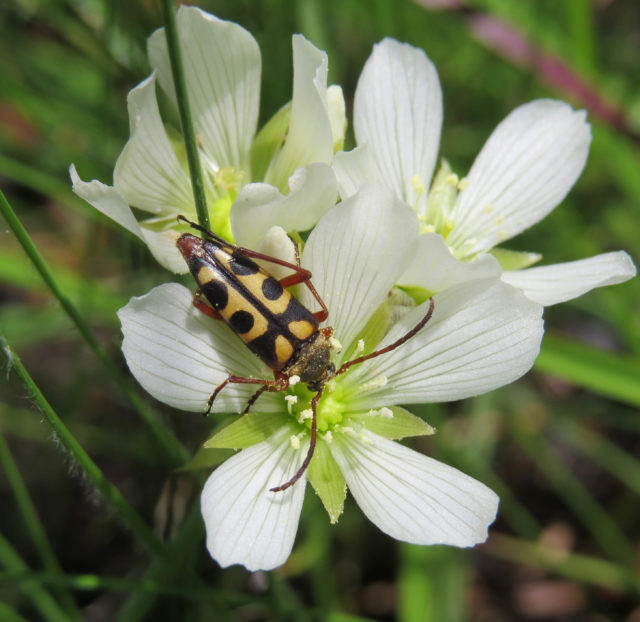
Venus flytraps have evolved to avoid eating the insects that pollinate them, research has shown.
The discovery was made by scientists carrying out the first study of how the snappy plants are pollinated in the wild.
Surprised scientists found that Venus flytraps tend not to bite the hand that helps them reproduce.
Prey was recovered from more than 200 of the plants at study sites in North Carolina, US.

The three most important pollinator species – a bee and two kinds of beetle – were never found in the traps, despite often visiting flytrap flowers.
Venus flytraps have a built-in safety feature that prevents them gobbling up their friends, the researchers found.
Dr Elsa Youngsteadt, from North Carolina State University, said: “Venus flytrap flowers are elevated on stems that stand fairly high above the snap traps of the plant, and we found that 87% of the flower-visiting individuals we captured – including all three of the most important species – could fly.
“But only 20% of the prey could fly. The pollinator species may simply be staying above the danger zone as they go from flower to flower, making them less likely to be eaten.”
Other factors may also come into play, including colour and scent signals, said the researchers writing in the journal American Naturalist.
Co-author Dr Clyde Sorenson, also from North Carolina State, said: “We know that the snap traps are different colours than the flowers, and may possibly lure different species.
“We don’t yet know if they release different scents or other chemical signals that may also differentiate which portions of the plant are attractive to pollinators versus prey. That’s one of the questions we plan to address moving forward.”


Comments: Our rules
We want our comments to be a lively and valuable part of our community - a place where readers can debate and engage with the most important local issues. The ability to comment on our stories is a privilege, not a right, however, and that privilege may be withdrawn if it is abused or misused.
Please report any comments that break our rules.
Read the rules here